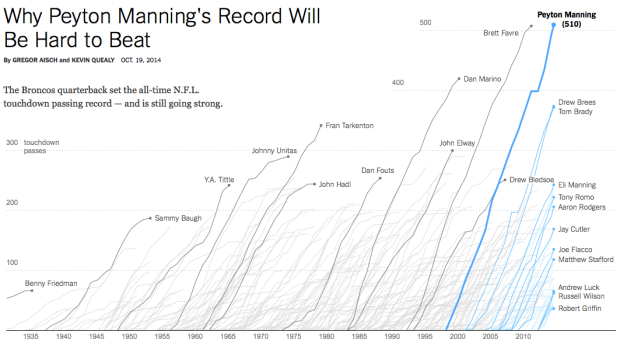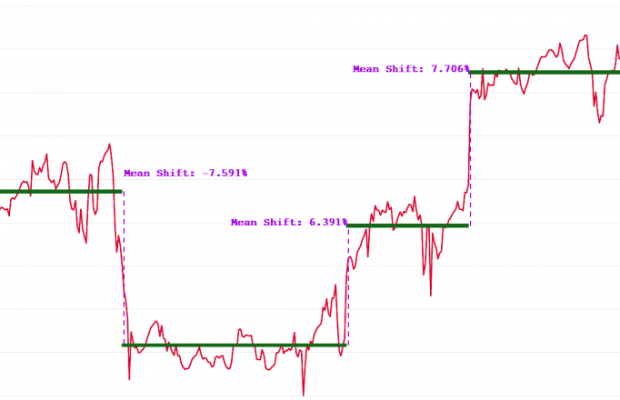Wondering whether if a player’s shot improves over the course of his career, Peter Beshai shows shot performance for all players from the 2018-19 season:
To understand whether or not a player actually gets better over time, we need some kind of baseline to compare their current performance against. On Shotline, the baseline is set after a player completes their first season in the NBA and has shot at least 200 times. This may sometimes feel a bit arbitrary, and I guess it is, but it feels reasonable to compare a player’s first season’s performance to their current to understand whether they have improved or not. The graphs are set up to allow you to compare their current performance against any other point in time too if the baseline is not sufficiently interesting to you.
Tags: basketball, time series







